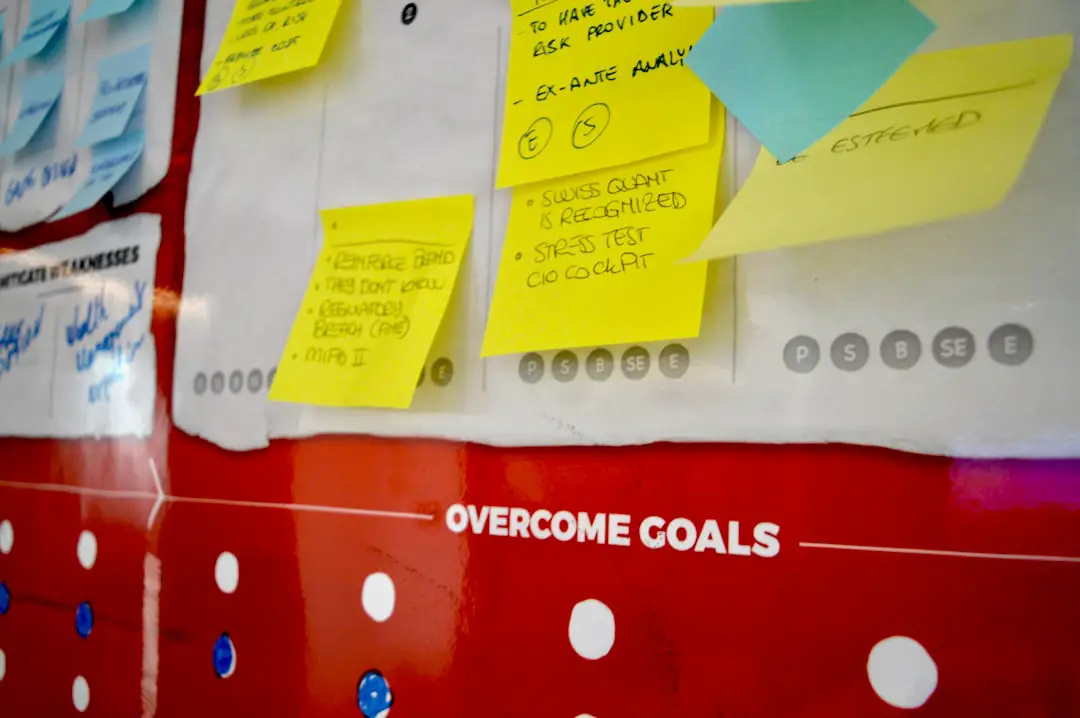Effectively engaging stakeholders—teachers, parents, students, and community members—is one of the most vital components of successful school programs. However, generating consistent interest and involvement can be challenging, especially when program details become overly complex or abstract. This is where visual planning becomes a game-changer. By using graphical tools and visual representations, schools can simplify messaging, improve collaboration, and inspire greater stakeholder participation.
Visual planning refers to the use of visual aids such as charts, timelines, infographics, whiteboards, and digital planning boards to outline project goals, processes, responsibilities, and deadlines. When applied to school program development, these tools make it easier to communicate complex ideas, track progress, and foster a shared understanding among all involved parties.
The Power of Visuals in Education Planning
Humans inherently process visual information more quickly and effectively than text. As a result, shifting from text-heavy presentations to visually organized content enables stakeholders to grasp key messages with less effort. Here’s how visual planning can revolutionize school programs:
- Clarity: Visuals strip away jargon and present core information in a format that’s easier to understand at a glance.
- Engagement: Interactive visuals invite participants to contribute insights actively, rather than passively consuming information.
- Transparency: Graphical tracking tools make it easier to monitor progress, assign responsibilities, and highlight key milestones.

Popular Visual Planning Tools in Schools
Many schools are already implementing visual methods to organize and present information. Some of the most effective tools for stakeholder engagement include:
- Gantt Charts: These chronological diagrams help stakeholders visualize start and end dates for different tasks within a project.
- Kanban Boards: Useful for managing workflow, these boards show what’s being worked on, what’s completed, and what’s coming next.
- Mind Maps: Perfect for brainstorming, mind maps offer a dynamic way for stakeholders to contribute to and visualize the broader scope of a school program.
- Storyboards: Particularly effective for arts or communication programs, storyboards help tell the story behind a project plan and allow for quick revisions and additions.
- Infographics: These can be used to communicate outcomes or metrics in visually appealing ways, which is especially valuable during stakeholder reporting.
Using these methods ensures that decision-makers and contributors are literally on the same page, reducing confusion and aligning everyone toward the same goals.
Encouraging Participation Through Visual Planning
The participatory aspect of visual planning makes it powerful for stakeholder activation. During planning meetings, teachers and administrators can invite parents and students to add suggestions or vote on potential program features using color-coded stickers, interactive digital boards, or physical cards pinned to a strategy wall. This kind of input fosters ownership and demonstrates that all voices matter.
Furthermore, visual formats are more inclusive. Not everyone communicates or consumes information in the same way. By blending written, visual, and interactive elements, visual planning lowers the barrier to meaningful involvement for more diverse participants.

Visual Planning in Action: A Real-World Example
Consider a middle school designing a new environmental education initiative. Rather than handing out a static document outlining the program goals, the planning team sets up a visual board in the school lobby. Parents, students, and staff are invited over a week to contribute ideas written on sticky notes under categories like “Field Trip Ideas,” “Classroom Activities,” and “Guest Speaker Suggestions.”
These ideas are then transferred onto a digital Kanban board, categorized, and prioritized during follow-up meetings. A publicly accessible progress timeline is created so the school community can track the project’s development. Not only does the school collect more diverse ideas, but stakeholders feel seen, heard, and motivated to support the final implementation.
Getting Started with Visual Planning at Your School
Adopting visual planning doesn’t need to be complicated. Use the following steps to start integrating it into your school programs:
- Identify Your Goals: Know what you want the visual planning process to achieve—whether it’s brainstorming ideas, assigning tasks, or reporting progress.
- Select Appropriate Tools: Choose tools based on accessibility and feasibility. Physical boards might work best for in-person teams, while digital tools like Trello or Miro serve remote or hybrid teams well.
- Invite Stakeholders Early: Include all stakeholders from the beginning to foster transparency and collective ownership.
- Keep it Dynamic: Visual tools should evolve with the project. Regular updates, revisions, and collaborative sessions will help maintain engagement and relevance.
Ultimately, visual planning is not just a method—it’s a mindset. By putting visibility, creativity, and collaboration at the heart of school programs, educators and administrators can spark a deeper level of involvement and commitment from their entire school community.

